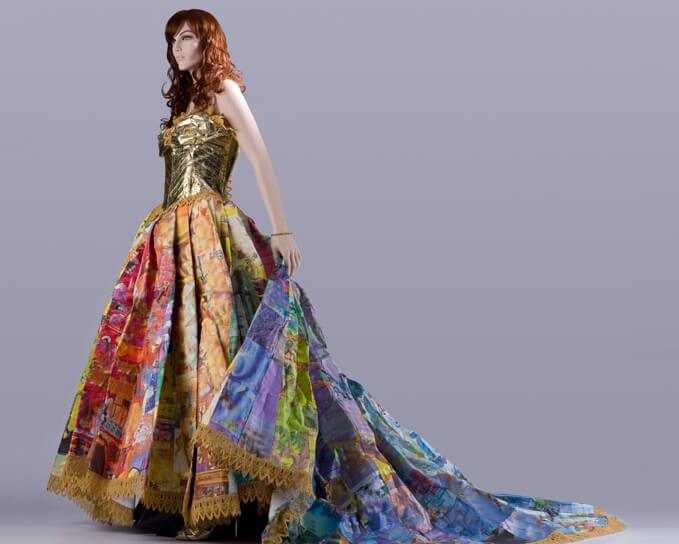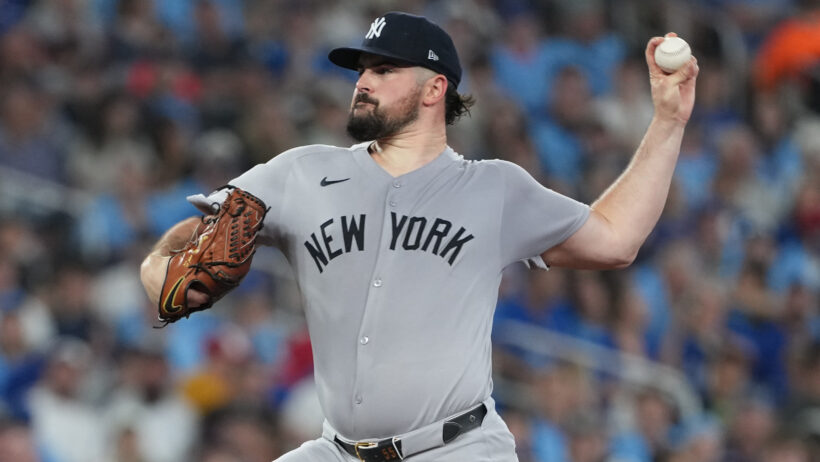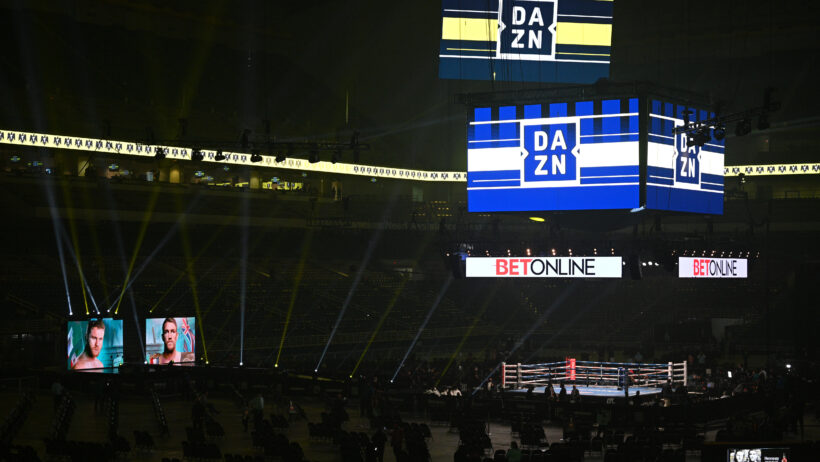Top Eco-Fashion Designers and Odds – Which Co’s are in the Know?
By Sascha Paruk in News
Updated: January 17, 2018 at 9:39 am ESTPublished:

As David Bowie once sang, “I am the Walrus.”
Wait, that’s not right. Let me try again: “There’s a brand new dance/but I don’t know its name/that people from bad homes/do again and again … fa-fa-fa-fa-fashion!”
That’s the one.
As the ageless chameleon implied, fashion is a protean beast; change is its only constant. But with the world on the brink of environmental catastrophe, some designers are doing their part to eschew the unsustainable nature of ever-evolving trends, turning to more environmentally fibres like organic cotton and bamboo and even repurposing existing products.
Just who are these forward thinkers? We count down the top-five designers doing their part to save us from a world without wool, and take a look at which major labels are likely to capitalize on the environmental zeitgeist.
5. Gucci
Ok, Gucci aren’t going to win any awards for sustainability, but the luxury brand is taking steps in the right direction. Long dependent on leather – which is, traditionally, dependent on an unsustainable tanning process – Gucci has turned to a more sustainable method of producing the fabric. As a story in Canada’s National Post noted,
Traditional leather tanning uses heavy metals, most notably chromium, and the resulting waste is a health hazard. And PVC, another favoured component in bag-making, is also an environmental contaminant.
[But Gucci] has been making changes. The handbags — namely the trendy $2,400 flower-bedecked Dionysus shoulder bags stitched from the signature GG Supreme canvas print — now use polyurethane in their design rather than PVC.
Luxury brands, generally, have a long way to go to catch up to many of the smaller, more environmentally focussed designers. But credit Gucci for getting the ball rolling. Their foray into sustainability should snowball among bigger design firms, especially if Earth-conscious consumers take the bait. And, according to Nielsen, there’s a good chance they will; the demand for companies to do their part in terms of social responsibility is on the rise. These days, there’s no bigger responsibility than combatting climate change.
Which major designers are likely to incorporate sustainability into their 2016 marketing platforms in an effort to boost their bottom lines and snag a bigger market share? I see the favorites and odds as follows.
Odds to incorporate “sustainability” into 2016 marketing platforms:
- H&M: 1/5 – The fast-fashion retailer has already made big efforts to appear eco-friendly, publishing a yearly “sustainability report.” It’s actual environmental bona fides remain a bit of a question mark, but expect the outward focus on sustainability to continue.
- Levi’s: 1/4 – The inventor of the blue jean has trademarked its “Water>Less” approach to design, which it currently uses in the production of roughly 25-percent of its products. Levi’s claims to have saved over 1 billion litres of water by, e.g., removing water from stone washes. Expect to hear more about their in-house efforts in the year to come.
- The Gap: 1/1 – The Gap seems to be just catching on to the power of sustainability in marketing. It claims to be “reducing its GHG emissions and environmental footprint, through energy efficiency, conservation measures and waste reduction.” But most of their efforts appear to be on the admin side versus the production side. For instance, they tout efficient in-store lighting and a paperless pay-stub program. Those aren’t exactly efforts savvy consumers will reward them for.
- Dolce & Gabbana: 10/1 – According to Greenpeace, D&G is one of the least sustainable brands out there. As Amy Dufault noted on TakePart.com, “the label reportedly doesn’t practice any sort of corporate transparency; it won’t divulge its supply chain, reveal its sources for leather goods, or commit to stopping any of the practices that may result in water pollution.” A former D&G executive even left the company recently in favor Land’s End because of the latter’s more sustainable approach to fashion.
Founded by sustainability maven Orsola de Castro, From Somewhere specializes in reclaiming fabrics otherwise destined for the dumpster. As Castro told the Telegraph, back in 2001, “I started looking at the offcuts on the floor [of a knitwear factory in Vicenza and] realised that with that amount of waste I could make a collection from scratch.”
Her project has been a smashing success and, in 2010, one of her dresses even made it onto the red carpet at the Oscars.
Don’t expect that to be the last eco-friendly gown we see at major awards shows going forward.
3. SVILU
Winners of the Council of Fashion Designers of America’s 2013 “Eco Fashion Challenge,” SVILU aims to provide women with sustainable wardrobe staples. SVILU doesn’t stop at using organic cotton; it also makes a lot of its products from tencel, a textile harnessed from eucalyptus trees. Why is that a good thing? According to SVILU’s website:
[Eucalyptus] forests and the pulp produced for Tencel have earned Forest Stewardship Council (FSC) certification that the products come from socially and environmentally responsible forests. The cellulose or ground pulp used for Tencel is treated in what is known as a closed loop process in which non-toxic organic solvents are recycled with a recovery rate of 99.5% and bleach is not required. The tiny amount of remaining emissions is decomposed in biological purification plants.
Now that’s a fabric Captain Planet could get behind!
2. People Tree
Are you a fan of fast fashion? The people at People Tree are not: “the fast fashion industry is fueled by insatiable demand for cheap clothing and accessories. Fast fashion has a devastating impact, from sweatshops and child labour to pollution and global warming,” notes the website of the “slow fashion” pioneer.
All of the garments made by People Tree use cotton that’s certified organic and fair-trade, and the company only uses azo-free dyes. It also sources fabrics locally whenever possible and uses as much recycled material as is available. The cherry on top of its sustainability sundae: all weaving is done by hand! (Slow fashion, indeed!)
1. Stella McCartney
Not only does Stella McCartney (the company) use as much organic cotton as possible, it also uses a ton of recycled materials (make that 34.3 metric tons of recycled materials, according to fashionglobe.com).
Perhaps what really sets Stella apart, though, is the company’s gestalt approach to all things sustainable. Its environmentally-friendly attitude isn’t confined to the products on the shelves; it encompasses the shelves, themselves! All Stella stores are powered by renewable energy, and the ones in the UK are run off of wind power!
(Photo credit: Ryan Jude Novelline (available online at artist’s website) [CC BY-SA 3.0 (http://creativecommons.org/licenses/by-sa/3.0)], via Wikimedia Commons.)

Managing Editor
Sascha has been working in the sports-betting industry since 2014, and quickly paired his strong writing skills with a burgeoning knowledge of probability and statistics. He holds an undergraduate degree in linguistics and a Juris Doctor from the University of British Columbia.



